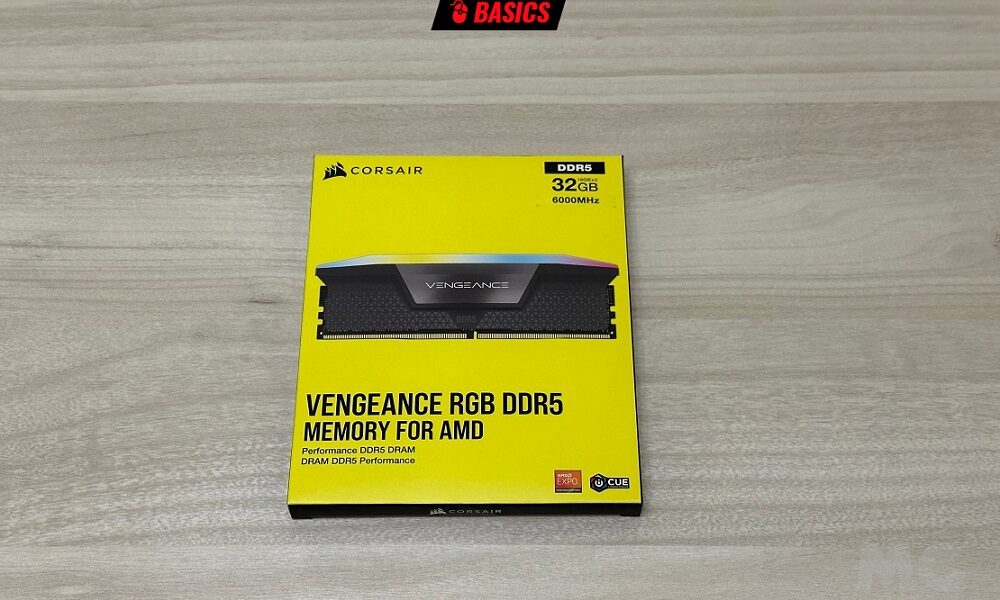With the introduction of Ryzen 7000 processors and new AM5 motherboards, there was also the introduction of AMD EXPO technology. This technology allows us to use RAM profiles with better set operating frequencies and latency maintaining overall stability and without the need for complex configurations. In this article we will explain how you can activate AMD EXPO in a simple and fast way.
First of all, it is important to consider that in order to enjoy this technology, it is necessary have a set of compatible RAM modules. Not all RAM modules on the market have AMD EXPO, in fact it’s a fairly recent technology and its presence is still quite limited, so make sure the kit you’re using has it first. It’s not difficult, you just have to look for the AMD EXPO logo in the RAM box.
How to activate AMD EXPO technology and verify that everything went well

- Turn on the PC and press the “Delete” key. to access the computer’s motherboard interface, popularly known as BIOS, although the UEFI interface is currently used.
- Depending on the motherboard you have, the interface will appear with slight differences from the image you see above, but ultimately the process is the same and you should find “easy” mode of said interface. If not, activate it by pressing the corresponding button, which will vary depending on your motherboard (for example, F2 on GIGABYTE motherboards and F7 on MSI and ASUS motherboards).
- In easy mode, just look in the section dedicated to the RAM status, you will see that the occupied memory slots, capacity and frequency of the modules are indicated. Click on the AMD EXPO option To activate the corresponding profile, save the changes and exit the BIOS.
- Let the computer start normally and you are done. To check that everything went well and that the memory is working at a speed corresponding to the AMD EXPO profile that we activated, just press the Windows key, write “Task Manager” and select the first resultenter the tab “Performance> Memory” and that’s it, the basic characteristics of the RAM we use will appear, including the operating frequency.
















